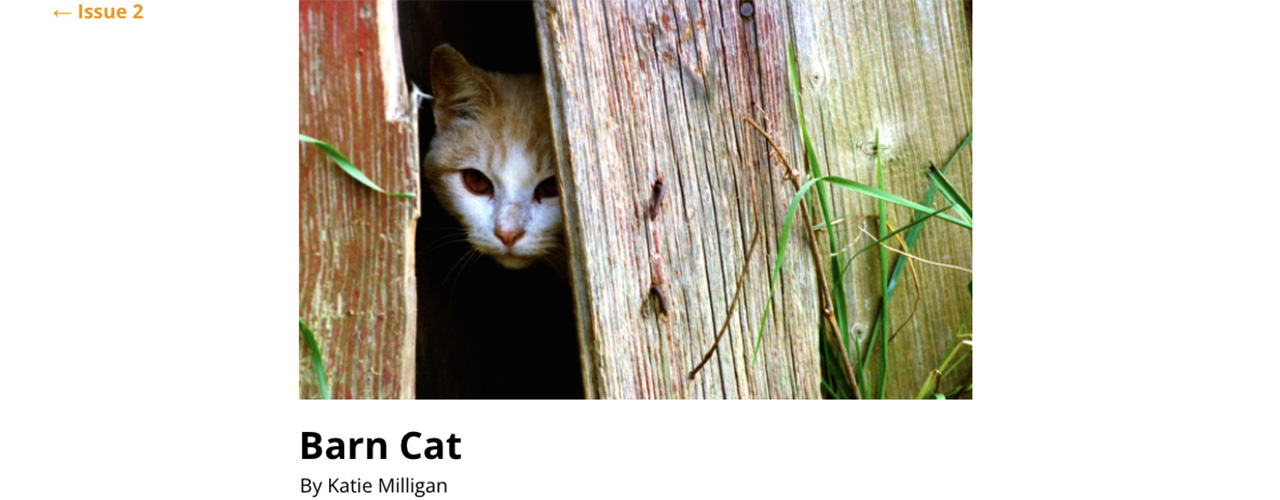by Heidie Raine, Student Public Relations Writer

Looking for an “A” in Dr. Kevin Heath’s creative nonfiction class? You better find an audience for your essays beyond your professor.
Creative Nonfiction, a workshop course central to Cedarville University’s creative writing minor, requires upward of six hours of writing per week, regular peer critiques, selected readings and a final collection that includes 25-30 pages of creative work, a two-page introduction and a three-to-four-page foreword.
While participation and written work heavily contribute to a student’s grade at the end of the course, outside journal publication has come to determine which students will receive top marks.
If they don’t publish a piece of their creative work from the course in an outside literary journal or review, the highest grade a student can earn is a “B+.”
“It helps students take their work more seriously,” Heath, a professor of English, explained. “It also helps them take their stewardship more seriously, and it demystifies the idea of publishing.”
Heath views the policy as a means of instilling the habits of revision, submission and publication in serious writers.
To accommodate the time constraint of a semester and encourage students to keep submitting their work, Heath offers to change students’ grades should they publish a work after the course ends.
“It incentivizes continuous improvement,” Heath said. “The lesson is this — you’re not done with a piece of writing just because the semester ended.”
The policy, which Heath has incorporated as a feature of the course in different seasons over the years, has led to numerous student publications.
Nicole Gordon, a junior from Harrisonburg, Virginia, recently published in the online literary journal, “You Might Need To Hear This.” Callie Schaden, a junior from Huntsburg, Ohio, will debut her piece “Airport Pepsi” later this year in “The Nassau Review.”
“At the risk of sounding like I’m bragging, there are too many to name,” Heath added. “We’ve had students win undergraduate writing awards as well as publish in journals and reviews. 2015 alumna Kathy Roberts’ piece in ‘Creative Nonfiction’ was noteworthy.”
Excited about his students’ work, Heath hopes that they will continue to produce quality, creative work for the world to encounter.
“I had an editor who believed beauty is the last common tongue between us and those who don’t believe in Jesus — that no matter what you write, if you write it well, others will listen,” he explained. “I still agree. I want us to write the real thing so beautifully that we float over borders — into graduate writing programs, into journals and reviews and magazines, into conversations with editors and readers. Once there, we can be salt and light, grace and truth.”
Located in southwest Ohio, Cedarville University is an accredited, Christ-centered, Baptist institution with an enrollment of 4,715 undergraduate, graduate, and online students in more than 150 areas of study. Founded in 1887, Cedarville is one of the largest private universities in Ohio, recognized nationally for its authentic Christian community, rigorous academic programs, including the Bachelor of Arts in English program, strong graduation, and retention rates, accredited professional and health science offerings, and high student engagement ranking. For more information about the University, visit cedarville.edu.




















